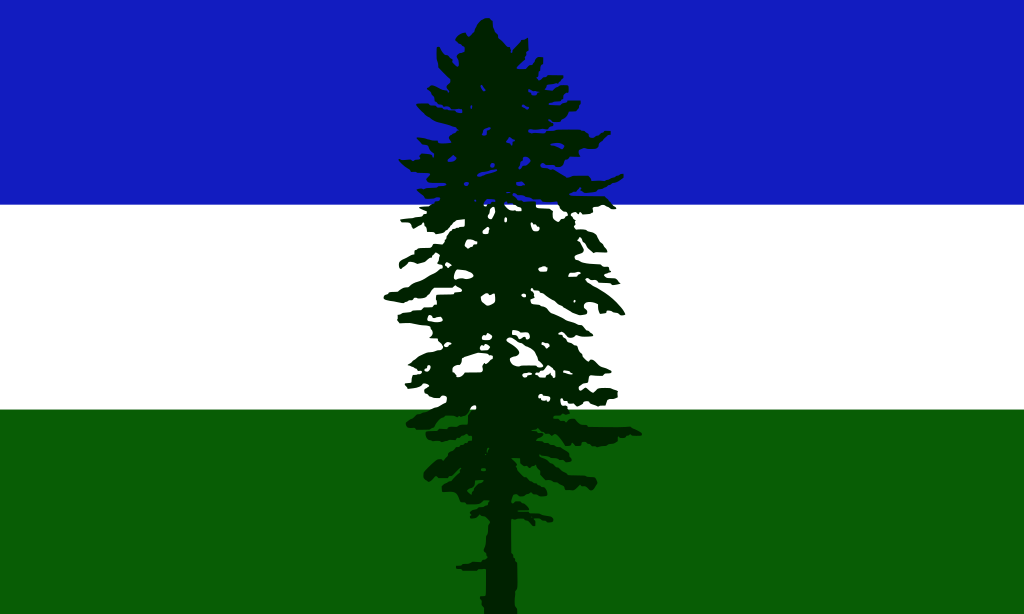Fyi: it’s called post secondary because, I think, UK calls it primary, secondary, and after that is post secondary.
Scotland:
Primary school P1-P7 (~5-11) Secondary school S1-S6 (~12-17)
Philippines (current overall)
- Kindergarten 1-2 (ages 4-5 (or 6, in some cases))
- Elementary (Grades 1-6)
- Junior High (Grades 7-10)
- Senior High (Grades 11-12) (generally 17-20)
Do you like high school being only 2 years?
From the US, there was some experimental stuff going on when I was in school and I was out in the boonies so k-8 schools with self contained classrooms was the norm and they were called elementary schools. I did kindergarten and first grade normally then there was a change and 1st, 2nd, and 3rd grades were combined into the same classroom and called primary school. I was in primary school for what would have been 2nd and 3rd grade. 4th through 8th were the normal self contained classrooms in elementary school.
I was in the last class for my elementary school then they combined it with another school that was k-6 and opened a jr highschool that was 7th and 8th. So I didn’t go to a jr high or a secondary school but if I were a year younger I would have gone to a jr high. I did go to a primary, an elementary, and a high school.
Canada (Ontario)
- preschool
- junior kindergarten, senior kindergarten, grades 1-6 | elementary school
- grades 7-8 | middle school (or also elementary if the school is K-8)
- grades 9-12 | high school
US.
Middle School and Jr. High vary depending on how the grades break.
When I was coming up it was this:
Grade School: 1-6
Jr. High - 7-9
High School - 10-12But when I hit 9th grade, they changed it:
Grade School: 1-5
Middle School: 6-8
High School: 9-12Grade school, didn’t even know that one.
Netherlands:
0.5: Kindergarten - ages 4 and 5
1: Basisschool Onderbouw (elementary part one) - ages 6, 7 and 8.
1.5: Basisschool Bovenbouw (elementary part one) - ages 9, 10, 11, sometimes 12.
2. Middelbare school (High school) - Ages 12 - 16/17/18 depending on what level of education you’re going for.0.5-1.5 is because they are usually all in the same school.
From (the French-speaking part of) Belgium, 6 years of primary and 6 years of secondary. Nothing inbetween as that’s already 12 years. Secondary usually happens within the same school although there are two divisions within it:
- programs are designed for three cycles (“degrés”) of two years (D1, D2, D3)
- teacher’s diploma follow a division in two “degrés” of three years : teachers for the inferior one (DI) have a bachelor and teachers for the superior one have a master. In the near future the diploma’s will change but the distiction is mostly going to stayIn this latter sense, “inferior secondary” would be the equivalent to middle school and “superior secondary” the one for high school, although as I have explained it is not as separated as in the US, Italy, France or others. As someone who teach in the superior secondary “degré”, I do usually introduce myself as a high-school teacher when talking to people from other countries.
Following the title, I forgot the little ones, so in total we have
- 3 to 4 years of maternal school (2,5 - 6 years old). Traditionnally only the last one was mandatory but this is currently changing so I don’t know whether or not the whole of it is already mandatory for everyone
- 6 years of primary school (6-12 years old)
- 6 years of secondary school (12-18 years old)
both 1) or 2) are common in the American Midwest but also primary school or grade school for that first stage
US. We have kindergarten (start at age 6) followed by grades 1 through 12. How they are divided depends on where you live. Here are three examples I have seen:
K-8: Primary school
9-12: Secondary school or High schoolK-5: Elementary school or Grade school
6-8: Middle school
9-12: High schoolK-6: Elementary school or Grade school
7-9: Junior high school
10-12: High schoolAnything beyond 12th grade is “post-secondary.”
Where I grew up it was k-2: primary, 3-5: elementary, 6-8: middle, 9-12: high.
Where I moved after college had primary, intermediate, and high; elementary, intermediate, and high; elementary, junior high, and high; all combinations, but I didn’t know the grade levels.
In Brazil the names changed quite a bit across the years. I believe that the current ones are
- fundamental - 9 years (6yo to 14yo)
- médio (middle) - 3 years (15yo to 17yo)
- superior / universitário (universitarian) - typically 4~5 years, but it varies
The first two used to be called primeiro grau (first grade), segundo grau (second grade). And even further back, the primeiro grau was actually two, primário (primary - 4y, from 7yo to 10yo) and ginasial (gymnasial - 4y, from 11yo to 14yo).
In the US, the names vary a lot by location. Even which grades are included can change based on the local population and how they choose to organize it. My wife and I went to school in the same state, maybe 45 minutes apart, and we did not have the same names or grade delineations.
For me, pre-school and kindergarten are each there own thing. Grades 1-3 were “elementary school”, 4-6 were “middle school”, 7-8 were “junior high”, and 9-12 were “high school”. We called them this based on the actual names of the school buildings. But even by the time I was in junior high, they started moving the 4th grade classes to the elementary school, so I’d assume kids in my own home town might say 1-4 is “elementary”. We didn’t have a “junior high” building. Grades 7 and 8 were still part of the “middle school”, but based on the changes in curriculum and the fact that they were held on a designated side of the building, it was colloquially referred to as “junior high”
Slovakia.
If I am to translate it word-to-word:
Základná škola - Base school (so primary) (9 years) - split into 1st degree (1-4) and 2nd degree (5-9).
Stredná škola - Middle school (2-5 years based on field of study, 4 and 5 year fields are with graduation)Get ready for a twist: Gymnasium (8 or 4 years) - 8 year gymnasium starts after 5th grade of primary school and 4 year after 9th grade. They also replace middle school. It’s not that popular since you basically won’t get any job without college with gymnasium. It’s really just a preparation for college (literally “high school” (Vysoká škola)) (though perhaps better than middle school).
For my state in Australia its
Kinder Ages 3-5
Prep Ages 5-6
Primary School Ages 6-12, called Grade 1-6
Secondary/High School Ages 12-18, Called Years 7-12After that you’ve got higher education choices via TAFE or University, theres no cut off ages for that.
School is mandatory from ages 6 To 17.
US. In my dialect, all three are different.
Middle school: 6-8
Intermediate school: 7-8
Jr High: 7-9
I attended an intermediate school that called itself a jr high, so I can understand the confusion.
In Denmark it’s called Grade 0. 4-5 Grade 1-10. 6-15 Gymnasium (not sure why?) 15-18










